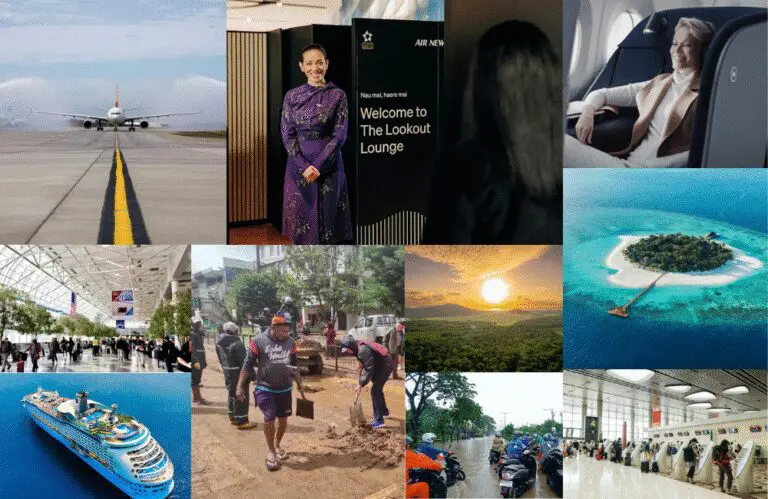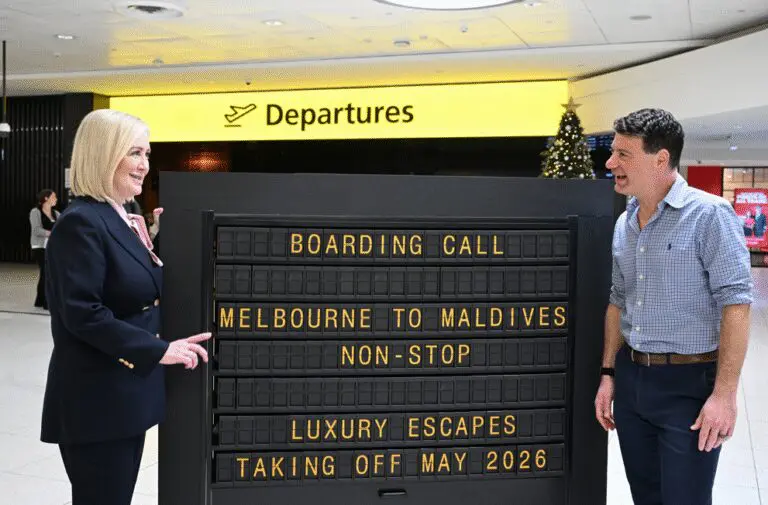Sydney–Melbourne is the world’s fifth busiest domestic route with 9.2 million seats flown in 2024; however, current SYD-MEL seat capacity cannot keep up with passenger demand, which is above the average global load factor. But business travellers can beat the squeeze with this one expert tip.
According to the latest Bureau of Infrastructure, Transport & Regional Economics (BITRE) report, total passenger volume on the SYD-MEL route is up but the number of available seats is not, representing a record load factor of 92.3 per cent.
An uptick in demand has been compounded by a significant drop in seat capacity in 2024, meaning passengers have fewer choices, forcing more people onto fewer flights.
Despite a moderate increase in passenger levels on this route (3.4% in December 2024), seat capacity is still seven per cent below the volume of airline seats available in 2019.
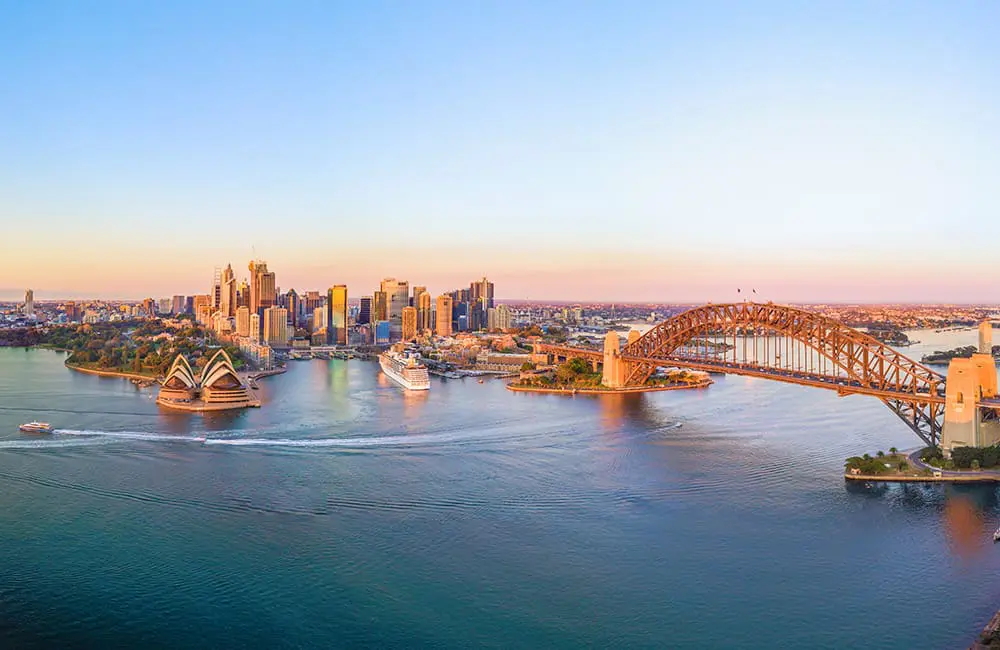
FCM Travel General Manager ANZ Renos Rologas said packed flights between Sydney and Melbourne will come as no surprise for frequent business travellers.
“A high load factor indicates that an airline has full planes with most of the seats booked, so it is generally a clear indicator of demand for a specific route or region,” he said.
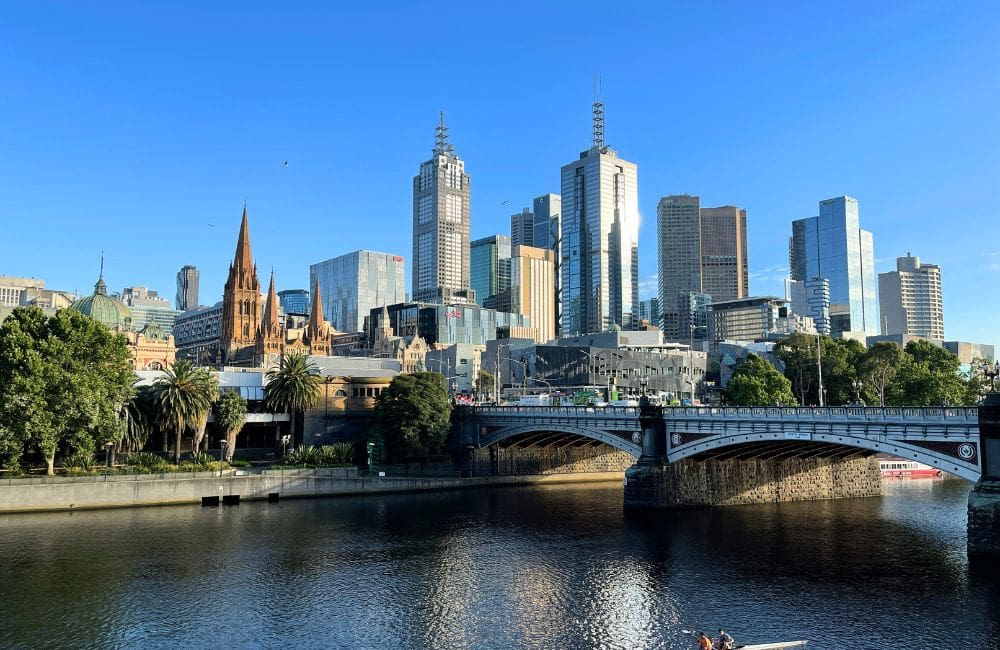
“The demand is heavily led by corporates manoeuvring between head offices, visiting interstate clients for meetings, attending events and conferences and generally keeping a foot in both states.
“A high load factor is important to airlines to ensure they’re driving high revenues, but it’s a fine balance, because a high load factor, which squeezes demand, can see the cost of fares really balloon for passengers.”
Expert tip for business travellers
But there’s good news for business travellers who book well ahead for this popular route.
FCM’s latest Global Quarterly Trends Report showed the cost of an economy fare between Sydney and Melbourne has steadied – and travellers who book well in advance are securing the best airfares.
Rologas said there was a wide variation in airfare costs between Sydney and Melbourne, depending on seasonality, major events and how far in advance travellers booked.
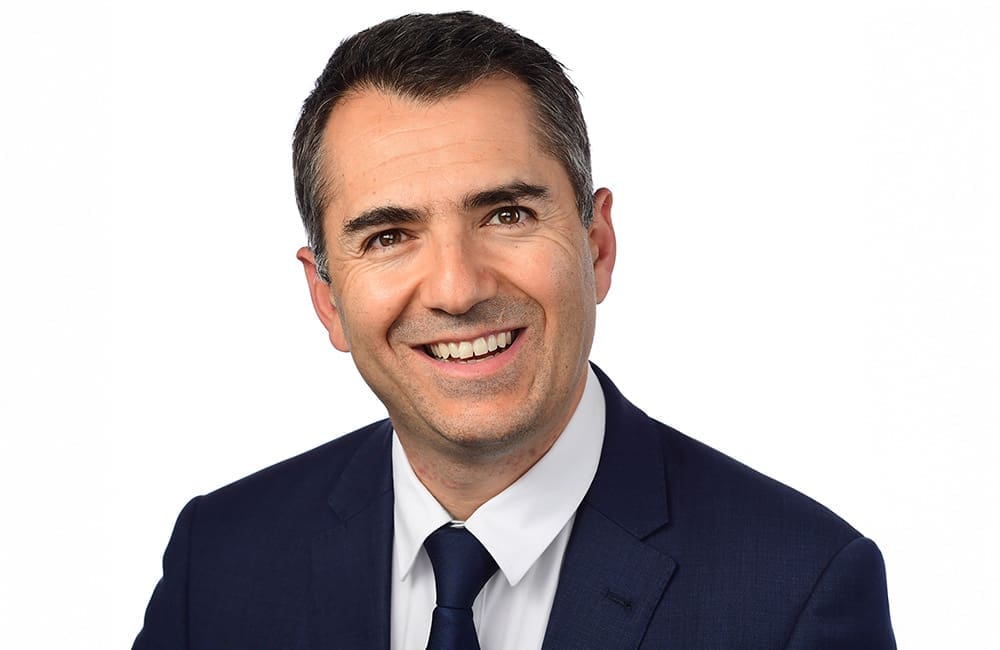
In many instances, flights will book out entirely during peak corporate travel hours with cost and availability compounded around major events, such as sporting and music events.
“Fares booked close to the date of departure will generally cost more than an average fare as more seats are booked and availability on the flight is lower,” he said.
“The economy cabin on the route is so highly sought-after that we are seeing airfares sit steady between Sydney and Melbourne – without a big capacity or competition shake-up, this is unlikely to improve any time soon.”



